
Question and Answers Forum
Question Number 177884 by DAVONG last updated on 10/Oct/22

Answered by mr W last updated on 10/Oct/22
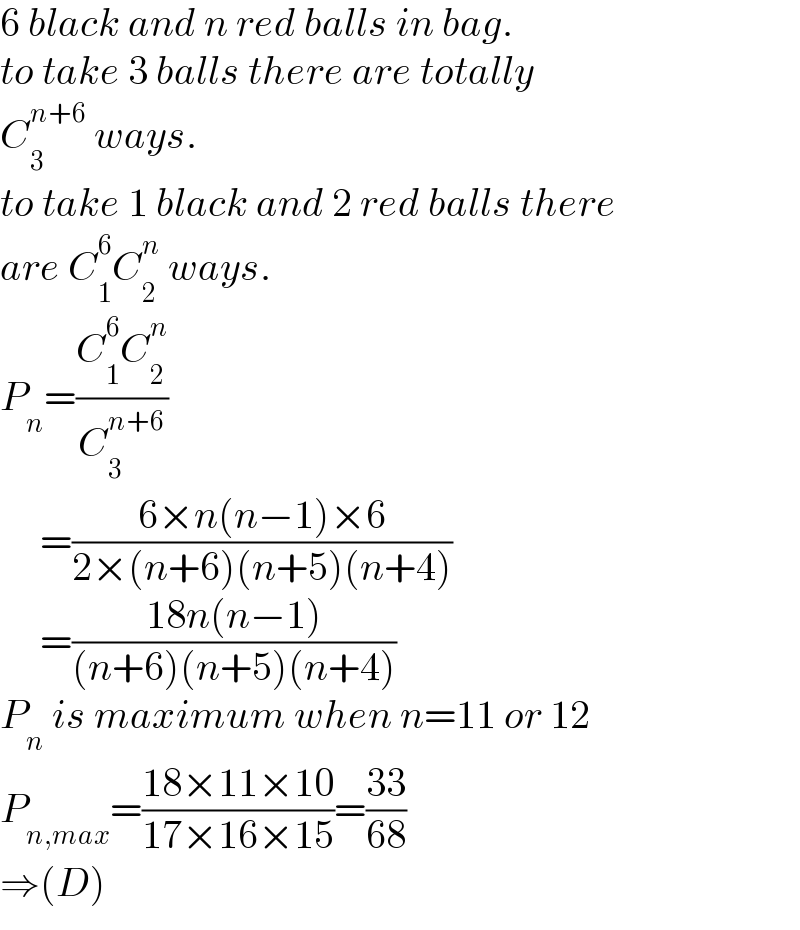
Commented by mr W last updated on 10/Oct/22
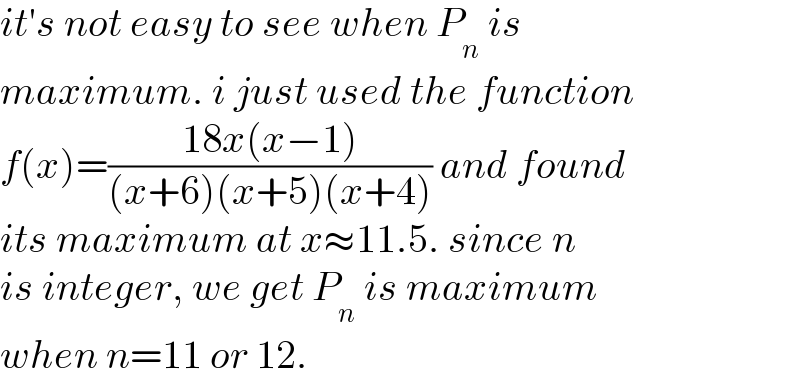
Commented by Acem last updated on 10/Oct/22

Commented by Acem last updated on 10/Oct/22

Commented by mr W last updated on 10/Oct/22

Commented by Acem last updated on 11/Oct/22
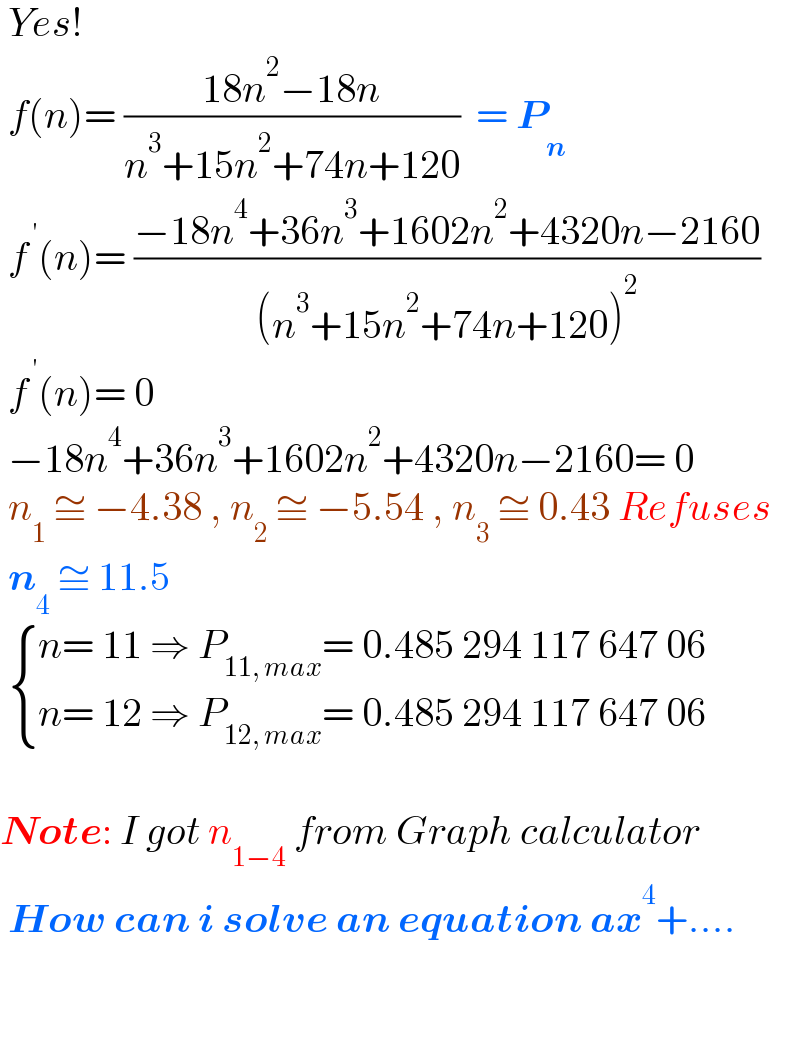
Commented by mr W last updated on 11/Oct/22
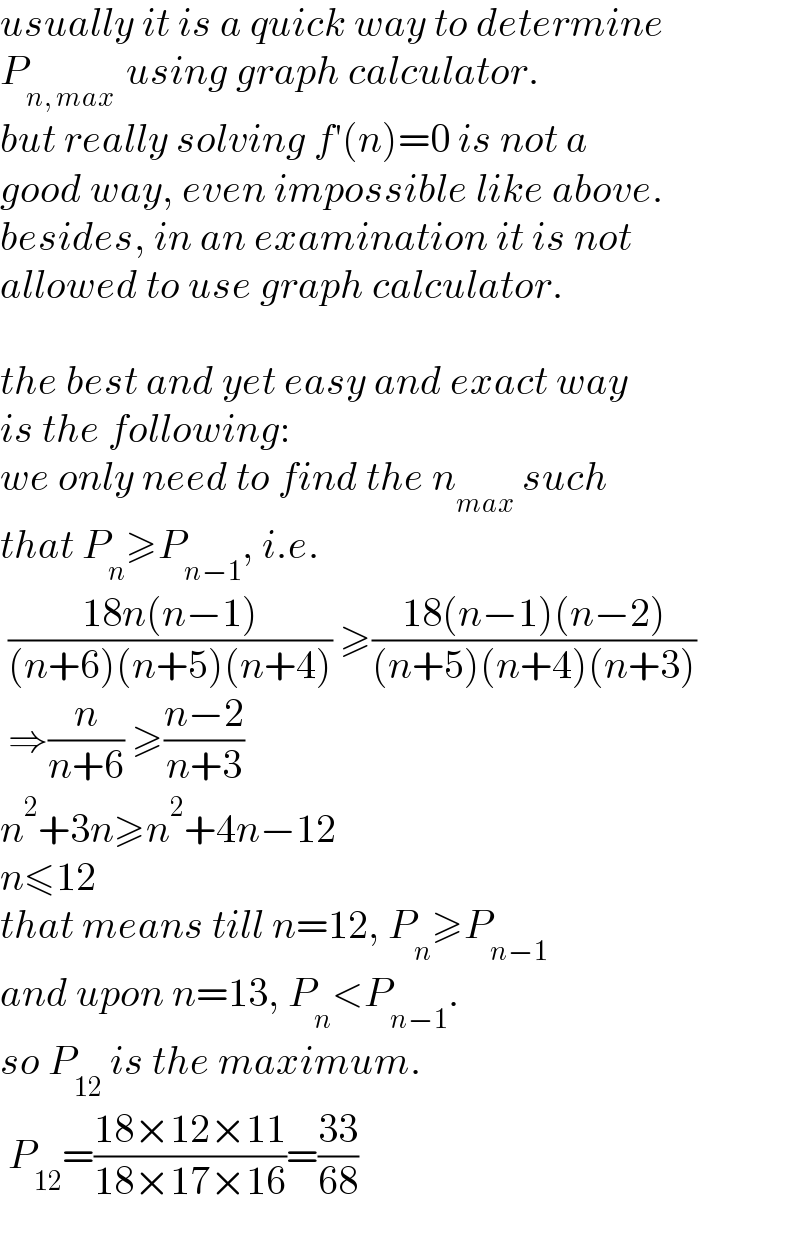
Commented by Tawa11 last updated on 11/Oct/22

Commented by Acem last updated on 11/Oct/22
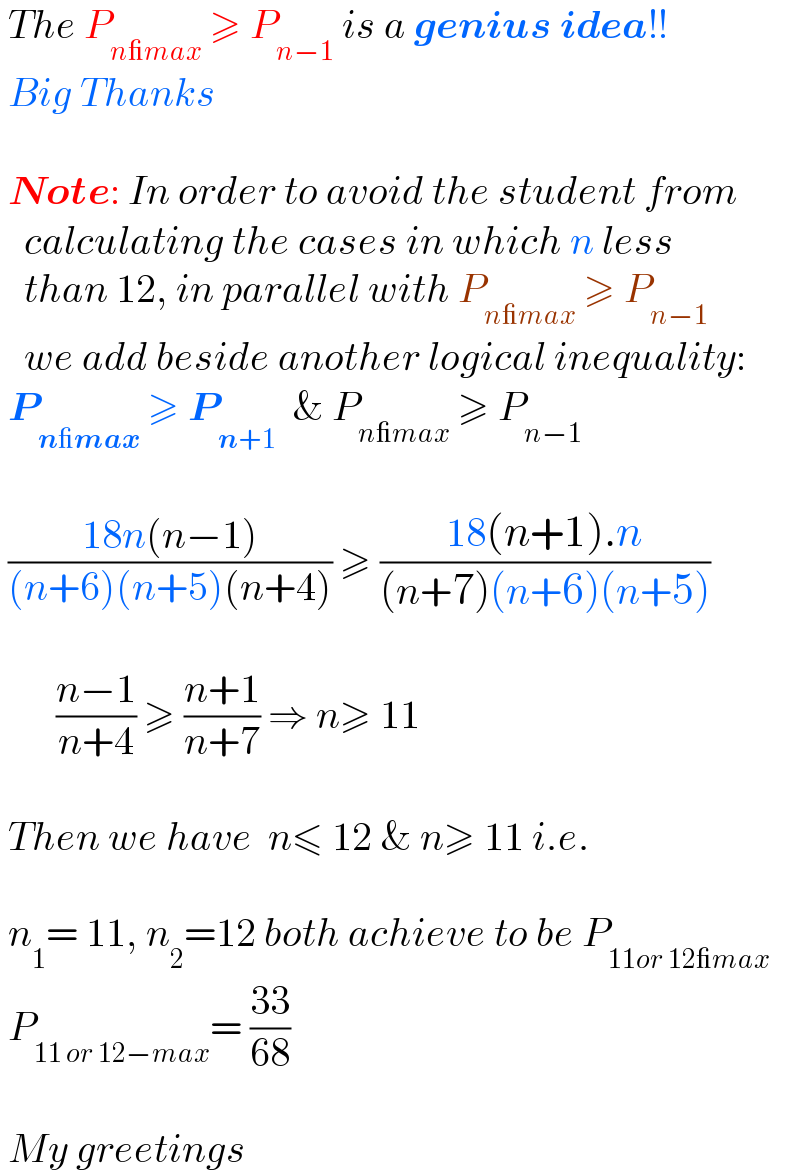
Commented by Acem last updated on 11/Oct/22

Commented by mr W last updated on 11/Oct/22
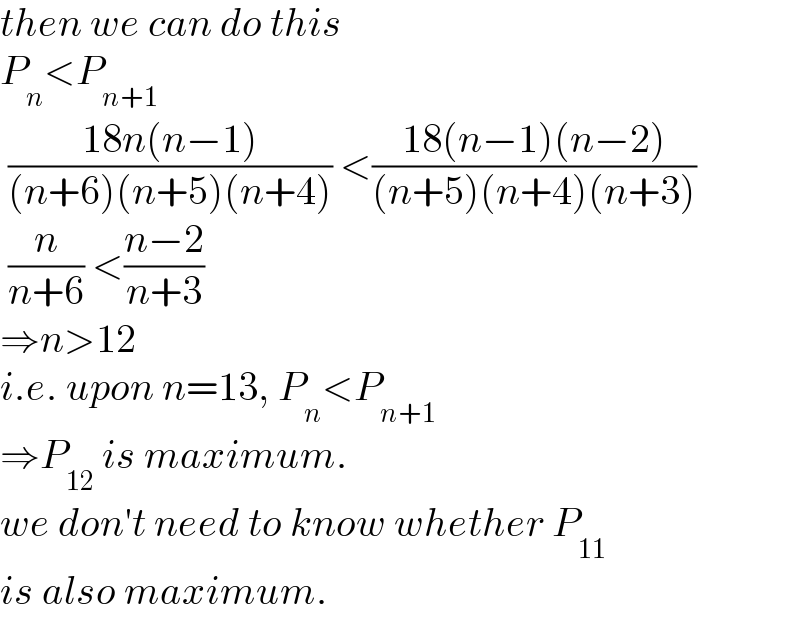
Commented by Acem last updated on 12/Oct/22
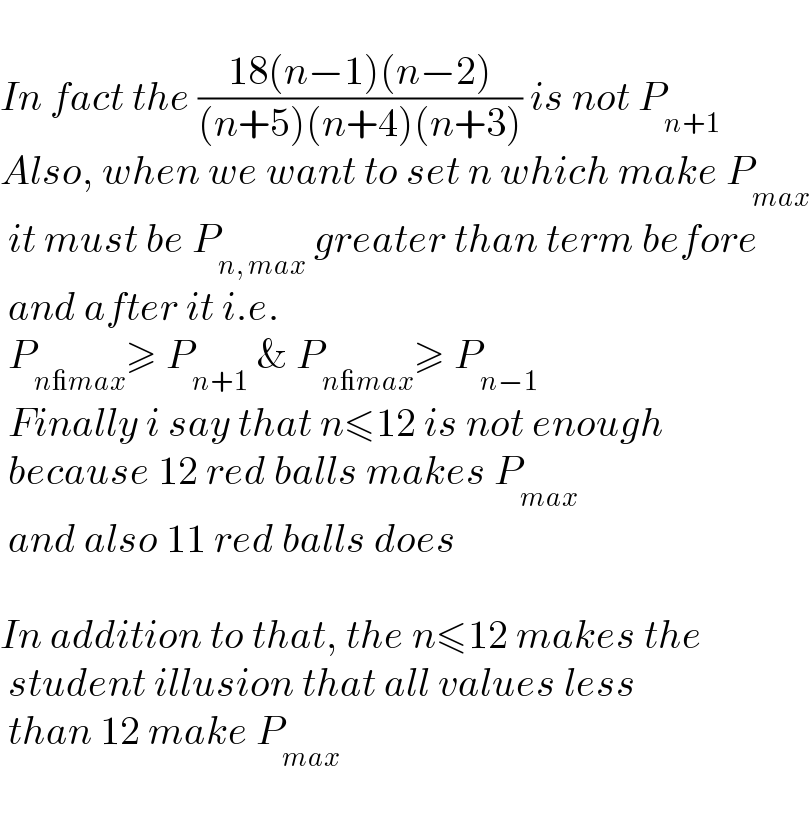
Commented by mr W last updated on 12/Oct/22
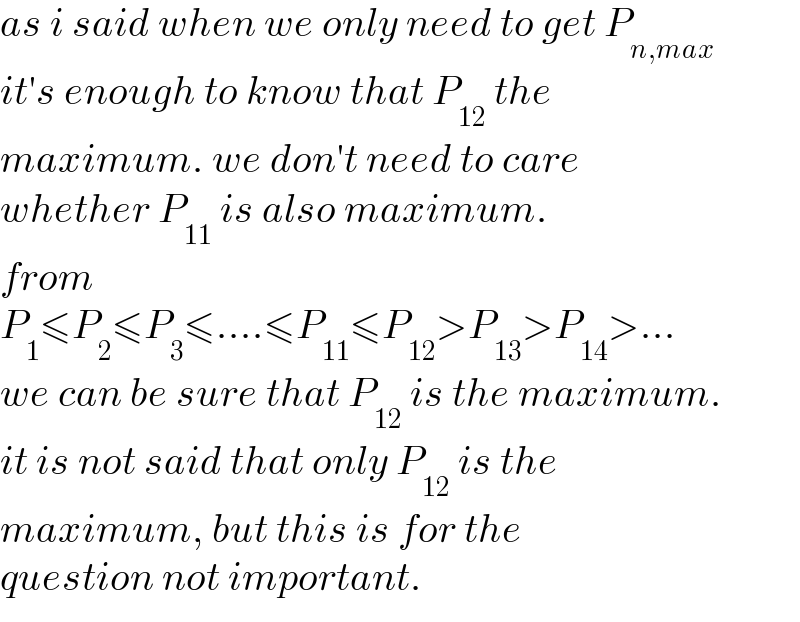
Commented by Acem last updated on 13/Oct/22

